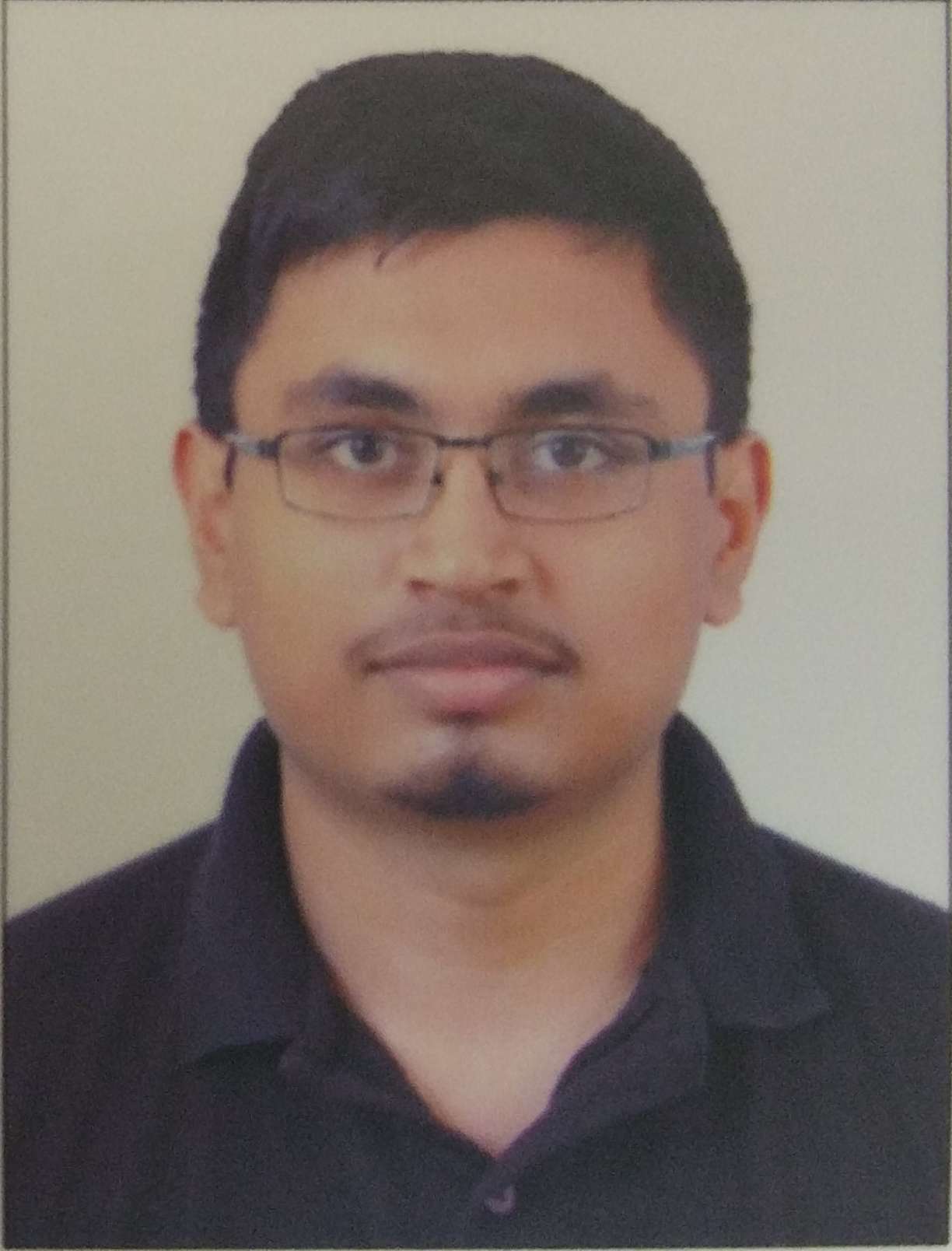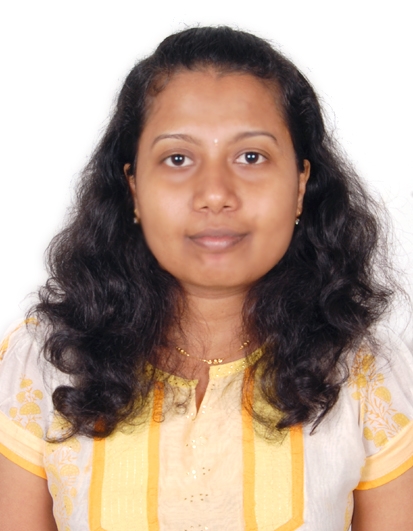Course abstract
In this course we will set the basics for an understanding of multimodal communication between humans and multimodal interaction between humans and machines. We will start with clarifying the basic principles of human-human communication and human-machine interaction. We will then describe the processes taking place in humans when perceiving auditory, visual and tactile signals, as well as how these perceptions are integrated in order to form a multimodal perception. The signals can be generated and received by machines which are able to interact with humans in limited domains. The set-up of such machines will be discussed, and limitations as well as potential solutions to overcome these limitations will be explained.
Course Instructor

Prof.Dr.-Ing.Sebastian Moller
Sebastian Möller studied electrical engineering at the universities of Bochum (Germany), Orléans (France) and Bologna (Italy). From 1994 to 2005, he held the position of a scientific researcher at the Institute of Communication Acoustics (IKA), Ruhr-University Bochum, and worked on speech signal processing, speech technology, communication acoustics, as well as on speech communication quality aspects. From 2005 to 2015, he worked at Telekom Innovation Laboratories, an An-Institut of TU Berlin. He was appointed Full Professor for the subject "Quality and Usability" at TU Berlin in April 2007. From 2015 to 2017, he was Vice Dean for Research of the Factulty for Electrical Engineering and Computer Science at TU Berlin, and since April 2017, he serves as the Dean of this faculty. He also leads the research department "Language Technology" at the German Research Center for Artificial Intelligence, DFKI.More info

Dr.-Ing.Stefan Hillmann
Stefan Hillmann studied computer science at the Technische Universität Berlin (Germany). In 2006 he was co-founder of a start-up about analysis and visualization of e-mail-based interactions and processes. Until 2010 he worked as a software developer of web applications for credit banks and insurances. Since 2010 he is a scientific researcher at the Quality and Usability Lab (Technische Universität Berlin). His main topic is the simulation-based usability evaluation of interactive spoken and multimodal dialog systems. He finished his PhD on this topic in 2017.More info
Teaching Assistant(s)
No teaching assistant data available for this course yetCourse Duration : Feb-Mar 2019
View Course
Syllabus
Enrollment : 15-Nov-2018 to 25-Feb-2019
Exam registration : 25-Feb-2019 to 22-Mar-2019
Exam Date : 28-Apr-2019, 28-Apr-2019
Enrolled
432
Registered
101
Certificate Eligible
62
Certified Category Count
Gold
0
Elite
9
Successfully completed
53
Participation
33
Legend
>=90 - Elite + Gold
75-89 -Elite + Silver
>=60 - Elite
40-59 - Successfully Completed
<40 - No Certificate
Final Score Calculation Logic
- Assignment Score = Average of best 3 out of 4 assignments.
- Final Score(Score on Certificate)= 75% of Exam Score + 25% of Assignment Score
NOTE: We have taken the average of assignments in a particular week.
NOTE: WEEK 1=Avg(A1+A2), WEEK 2= A3,WEEK 3=A4, WEEK 4=A5
Enrollment Statistics
Total Enrollment: 432
Registration Statistics
Total Registration : 101
Assignment Statistics
Exam score
Final score
.jpg)
.jpg)
.jpg)
.jpg)




